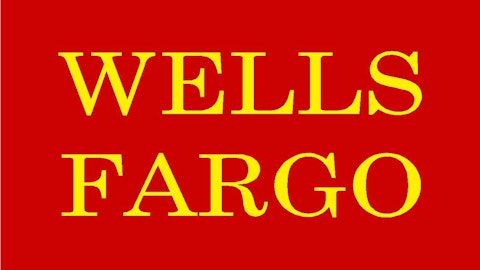Millions of Americans lost tens or even hundreds of thousands of dollars of net worth during the housing bust, as the value of their homes plunged. Yet as well-intentioned as government initiatives are in trying to address the financial impact of the mortgage crisis, the newest program to help struggling mortgage borrowers seems to encourage exactly the behavior you’d want homeowners to avoid.

On July 1, the Federal Housing Finance Agency’s Streamlined Modification Initiative (link opens PDF file) took effect. As FHFA Acting Director Edward DeMarco said back in March when the initiative was first announced, the “new option gives delinquent borrowers another path to avoid foreclosure.”
Under the program, eligible homeowners who are 90 days or more behind on their mortgage payments will automatically receive an offer that includes a reduced mortgage payment based on a fixed interest rate. Payment terms will be extended to 40 years, and for some of those who owe more on their loans than their homes are currently worth, the program will provide limited reductions of the amount of principal they owe on their mortgages.
The FHFA hopes that this program will succeed where others have failed. In particular, because the Streamlined Modification Initiative doesn’t require homeowners to complete an application or provide evidence of financial hardship, the agency is optimistic that more eligible homeowners will participate than have used similar programs in the past.
Will the FHFA catch strategic defaults?
The danger with the new program, though, is that it provides no incentives for homeowners who’ve kept current on their payments. Indeed, it arguably gives homeowners a reason to stop making mortgage payments in the hope that by doing so, they’ll become entitled to favorable benefits that wouldn’t otherwise be available to them.
Indeed, previous programs designed to help homeowners avoid foreclosure raised similar concerns about moral hazard. Back in 2009, the earliest attempts to provide for mortgage loan modifications resulted in far fewer benefits than expected, because the banks involved chose not to grant modification in many cases. Wells Fargo & Co (NYSE:WFC) and Bank of America Corp (NYSE:BAC) were among the slowest of the big banks to modify loans early in the program’s existence, moving forward with just 4% to 6% of eligible mortgages within the first half-year or so of the program. Even giving lenders incentives to modify loans didn’t keep bankers from concluding that they’d often be better off not modifying and counting on homeowners to find ways to cure their delinquent loans without a modification. In other words, banks chose not to reward their customers automatically for being late and seeking assistance.
To its credit, FHFA specifically addresses the moral hazard involved in the Streamlined Modification Initiative. The agency notes that “because many borrowers who miss one or two payments have a temporary hardship and often reinstate their mortgage to current status, it is most effective to target borrowers who are at least 90 days delinquent.” Moreover, in its efforts to curb abuse of the program, the FHFA notes that Federal National Mortgage Association (OTCBB:FNMA) and Federal Home Loan Mortgage Corp (OTCBB:FMCC), which the FHFA oversees, have “existing proprietary screening measures to prevent strategic defaulters from taking advantage of a Streamlined Modification.”
Still, the danger with this program is the same as with past attempts to help potential victims of foreclosure: It’s hard to help deserving homeowners while avoiding giving unneeded help to those who are simply trying to game the system. In particular, principal reduction introduces a whole new element to moral hazard, as the government has to consider the costs that Federal National Mortgage Association (OTCBB:FNMA) and Federal Home Loan Mortgage Corp (OTCBB:FMCC) have to bear under total-default scenarios compared to the more limited costs of principal reduction. According to projections by the Congressional Budget Office (link opens PDF file), extending principal forgiveness under another program, the Home Affordable Modification Program, could result in net decreases in the budget deficit of between $2.2 billion and $2.8 billion. Yet the CBO analysis acknowledges that strategic defaults would lead to cost reductions that would be “less than costs would fall if borrowers whose modifications were costly could be excluded.” Moreover, because HAMP involved having to document financial hardship, the potential for gamesmanship in the Streamlined Modification Initiative is arguably more substantial.
Is there no solution?
In the end, any government program will struggle to identify those who most need help. Rather than focusing on decisions within homeowners’ control, such as becoming late on payments, programs should choose objective criteria that limit manipulation and truly find those in need.
The article New Homeowner Bailouts Again Send the Wrong Message originally appeared on Fool.com.
Fool contributor Dan Caplinger owns warrants on Bank of America and Wells Fargo. The Motley Fool has no position in any of the stocks mentioned.
Copyright © 1995 – 2013 The Motley Fool, LLC. All rights reserved. The Motley Fool has a disclosure policy.


